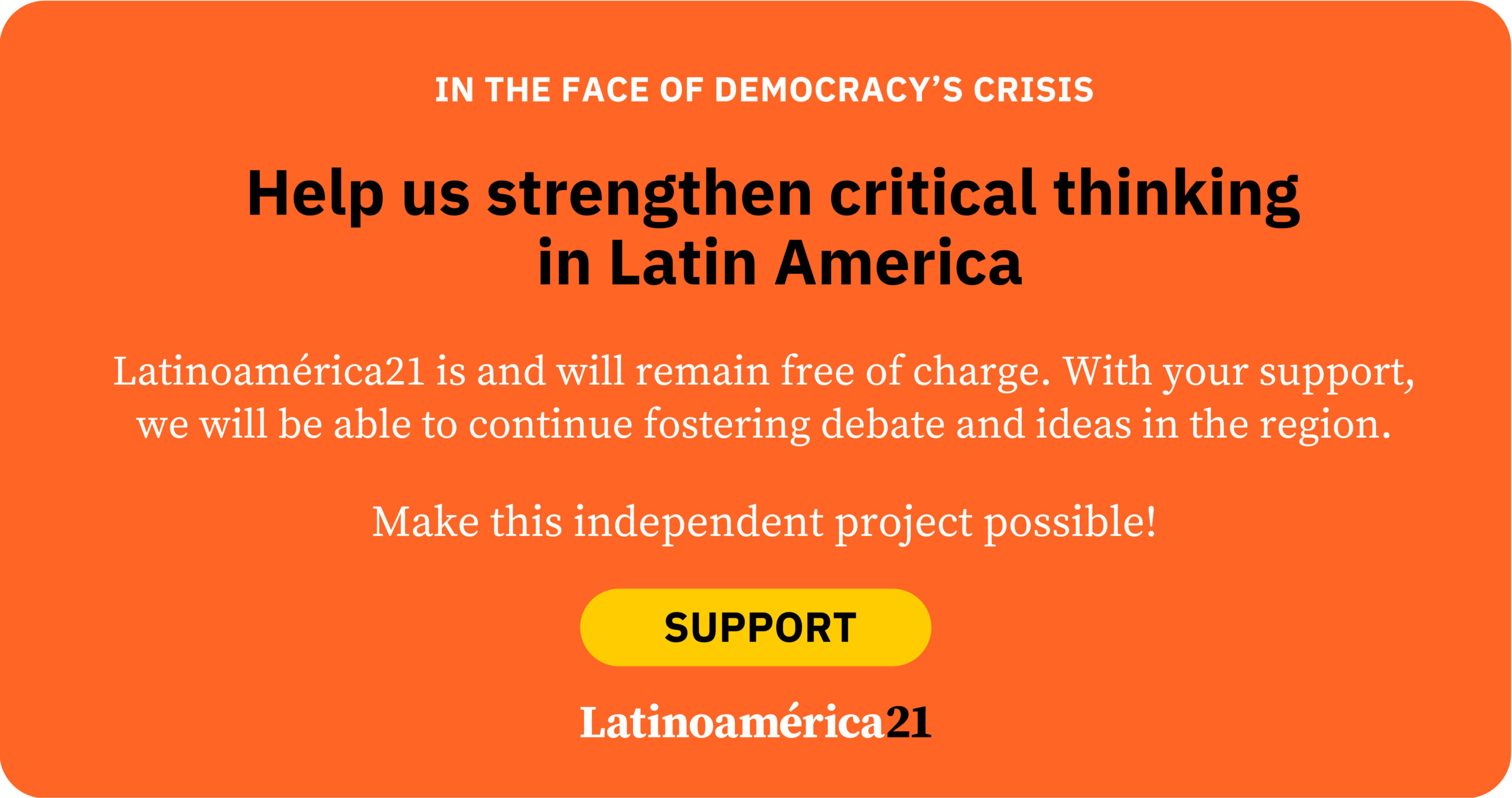
Colombia has recently looked at itself in the mirror of its own history. Not in that of heroes or great deeds, but in the one that reflects the uncomfortable image of war, violence, and the pain accumulated during more than half a century of armed conflict. The Special Jurisdiction for Peace (JEP), the cornerstone of the agreement signed in 2016 between the state and the FARC guerrilla, issued in just two days two rulings that already mark a milestone. On Tuesday, September 16, against the former FARC leadership for massive and systematic kidnappings; and on Thursday, September 18, against army officers responsible for extrajudicial executions, the sadly notorious “false positives.”
The ruling against the FARC leadership
In one move, the criminal responsibility of both the top insurgent commanders and senior military leaders was recognized. The message is clear: in Colombia, there was not a single perpetrator, but multiple dynamics of violence in which both state and non-state actors committed atrocities. From the outset, the peace tribunal sought to underline impartiality and balance: here, not just one side is judged, but all those who turned the country into a field of blood.
Criticism, however, was quick to arise. Many ask how it is possible that war crimes and crimes against humanity do not result in long prison sentences. For those who see justice from a retributive lens, the sanctions of up to eight years—in a restorative regime and not behind bars—seem insufficient, almost an affront to the victims’ suffering. But the logic of transitional justice is different: what good is it to imprison perpetrators if doing so neither uncovers the truth nor helps locate the bodies of the disappeared?
The JEP prioritizes full truth and public acknowledgment of responsibility as conditions to apply alternative sentences. The emphasis is on ensuring that perpetrators recognize, in public hearings and before victims, the atrocity of their crimes. This act, though insufficient to heal wounds, can become a seed of reconciliation in a country where ordinary justice never managed to reach the top perpetrators of these crimes.
The ruling against eight former members of the FARC Secretariat is devastating. More than six hundred pages document the systematic practice of massive kidnappings as a method of financing and territorial control. More than four thousand direct victims were identified, men and women deprived of freedom for years. The former commanders accepted responsibility and apologized in public acts. That had not been seen before. Some victim communities have already received such apologies in collective ceremonies since the 2016 peace agreement. However, many voices questioned that the ruling did not provide enough detail on how and when the sanctioned will carry out restorative work, nor which specific projects will be implemented. Victims expected clarity on how pain will be transformed into effective reparation.
The “false positives”: a state crime
The other ruling focused on the macabre practice of “false positives.” Between 2002 and 2005, in the Caribbean region, at least 135 young peasants, Afro-descendants, and Indigenous people were lured with false promises of work, murdered, and presented as guerrillas killed in combat. In return, soldiers received rewards and complied with the pressure to show results.
The tribunal concluded that these were not isolated incidents, but a criminal plan with institutional logic, in collusion with paramilitary structures. The ruling revealed a pattern of systematic practice that, according to the Attorney General’s Office, left at least 6,402 victims throughout the country. The La Popa Battalion in Valledupar became part of a machinery of death that struck the poorest and most forgotten communities. The ruling also recognized that people with disabilities and minors were murdered under this practice. The truth revealed by the JEP not only restores victims’ dignity but also dismantles the myth that these were isolated “mistakes.” It was a state crime, planned and executed.
Beyond its legal content, there is a deeper political debate. For many Colombians, it is disturbing that former guerrilla leaders, now turned into leaders of a legal political party, can aspire to elected office despite being convicted of heinous crimes. Next year, in fact, Colombia will hold elections in which some of these former commanders could participate. Is it legitimate? The question divides. For some, it is unacceptable; for others, it is precisely the cost of peace.
Transitional justice bet on political reintegration as a means to transform weapons into words. What at first glance may seem outrageous makes sense when viewed from the perspective of a greater goal: ending war and impunity, and opening paths of reconciliation. That is the horizon. Although some critics insist on speaking of “impunity,” the president of the JEP did not avoid the debate and reminded that true impunity would be not investigating these crimes. And he is right. What this tribunal has done is unprecedented in Colombia’s history: listening to victims, having top perpetrators acknowledge their atrocities, and issuing a ruling that, far from covering up, exposes with rawness what happened. This historic ruling is not synonymous with impunity; it is, on the contrary, its antithesis.
The JEP was not born in a vacuum. Its design was inspired by international experiences such as the tribunals of Rwanda and the former Yugoslavia, but with its own innovations: active participation of victims, an ethnic approach, and restorative sanctions. That Indigenous and Afro-descendant magistrates are part of the institution is no minor detail; it is recognition that the conflict hit historically marginalized peoples with special harshness. Never before had a tribunal managed to make former guerrilla commanders publicly acknowledge their responsibility before thousands of victims, nor had high-ranking military officers accepted their role in systematic crimes. Internationally, these rulings are seen as a benchmark for future transitional justice processes around the world, which are already waiting for them.
How will reparations be made?
The main criticism is not only the “leniency” of the sanctions, but the vagueness regarding how restorative projects will be implemented. Victims demand concrete plans, funding, and guarantees of compliance. Colombian society, still marked by mistrust, needs certainty that perpetrators will not only apologize but also provide tangible reparations. The challenge is monumental: to transform punishment into social reconstruction, to turn truth into reconciliation, and to make memory a foundation so that violence is not repeated.
The first two rulings of the JEP do not close the wound, but they open a new page. In a country with open veins for more than fifty years, society may not yet be ready to forgive. But it is undeniable that this is a historic step. It is not just the closing of a judicial chapter, but the beginning of another in the nation’s memory and peace. The challenge now is to ensure transitional justice does not remain on paper but permeates the daily lives of communities scarred by war.
Colombia remains a country marked by mistrust, poverty, and violence. But with these rulings, at least, a different narrative has begun to be written—painfully, slowly: that of a country daring to face its past in search of a peaceful future. In the end, it may be necessary to accept it as magistrate Camilo Suárez Aldana, who presided over the kidnapping case, expressed: “This ruling does not erase the suffering, but it is an act of recognition. It is the voice that tells Colombian society and the world that what happened was unjustifiable and inhumane. It is not only the closing of a judicial chapter, but the opening of a new page for the memory, justice, and peace of our nation.”
*Machine translation, proofread by Ricardo Aceves.



